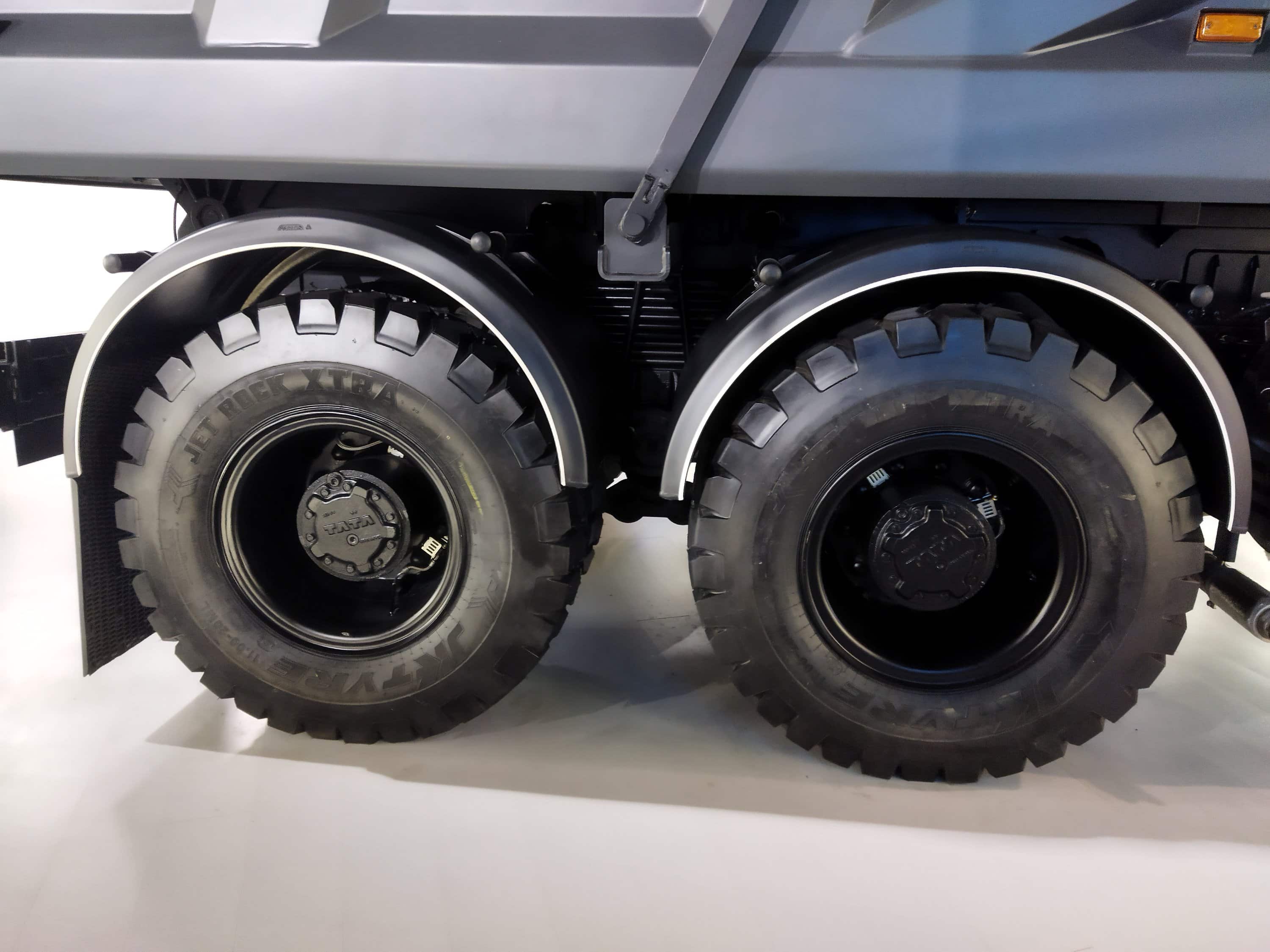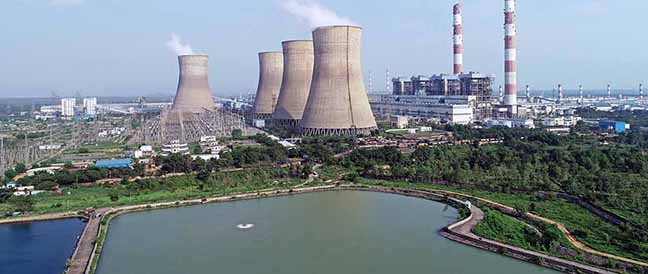The auto components suppliers are ready with their wishlists. Ashish Bhatia runs through them as Finance Minister Nirmala Sitharaman will present the Union Budget 2023.
The attention has shifted to Union Budget 2023. While government interventions sought by the Original Equipment Manufacturers (OEMs) also represent the expectations of the auto components industry, tier suppliers have their independent wishlists. Union Minister Nirmala Sitharaman has her task cut out as she sets herself up on behalf of the BJP-led government to present in the parliament on February 01, 2023. Fresh from the demand to bring the sector under Goods and Services Tax (GST) sidelined by the Govt. last year at the Auto Component Manufacturers Association (ACMA) Summit, the industry has taken developments since then in its stride. Having posted a record turnover in the last fiscal and going strong in its objective of advancing tech to meet the current and future needs of the automotive sector.
The wishlists include the diversion of focus this year on providing the necessary infrastructure. Dinesh Patidar, Chairman, and Managing Director of Shakti Pumps (India) Ltd. is batting for the adoption and expansion of electric vehicles, by the government offering tax breaks and development incentives. “After the success of the first and second rounds of the Production Linked Incentive (PLI) scheme, the third round should also be announced to attract investment in Electric Vehicle (EV) component manufacturing by offering incentives to the non-automotive investor and or startup equivalent to the incentive available to the existing automotive investor.” He is seconded by Arjun Sinha Roy, Co-Founder, iRasus Technologies. Drawing attention to the sub-segments that need govt. support and push, Roy sided with the battery manufacturers, OEMs, and other stakeholders of the EV ecosystem. “The budget should focus on ease of business and encourage more local players to enter the market. Areas like component localisation, access to components, etc., if addressed, then the Indian companies, big or small, can build competitive products at competitive prices. In 2000, India became a software hub. Maybe in the 2020s, India can become the EV hub of the world,” he expressed.
A key stakeholder of the charging infrastructure, Akshit Bansal, Founder and CEO of, Statiq says, “As a leading EV-charging network in the country, the government should re-examine its tax and tariff policies on not only EVs but also related component requirements for the e-mobility ecosystem.” Bansal pointed out that the GST rate of 18 per cent is applicable on battery components and other raw materials with a relatively modest five per cent on the purchase of EVs thereby creating a discrepancy in the market even leading to blockage of working capital for the industry. He added that at the same time, the government should also consider reducing customs duty on components being imported into the country. “
A few additional tax exemptions to individuals investing in the ecosystem like that for buying an EV. EV infrastructure needs to be classified as an asset which will give it the necessary impetus towards institutional financing for such investments by individuals,” he mentioned. Looking to go beyond global dominance in sales, the industry seeks measures for India to become a manufacturing front for the globe and enhance its exports. “We expect rationalisation in GST rates to bring down the costs of EVs. Currently, five per cent GST is levied on the ex-showroom price of EVs but the makers are contributing 28 per cent GST for the spare parts. We want all EV parts to be included in the five per cent bracket to support the EV manufacturers. We are hopeful that this will find a mention in the Budget speech this year,” shared Samarth Kholkar, CEO & Co-Founder, of BLive.
Lauding the govt. For its initiatives in the last couple of years, NK Minda, CMD, Uno Minda Ltd. hailed the introduction of the PLI scheme and suggested that the govt. further, look into areas that would benefit the industry even more. “First, improving GST structure by bringing all components tax structure at standard 18 per cent to avoid dispute and ambiguities. Secondly, incentivising R&D in the sector by providing tax benefits, as the EV segment needs support in terms of R&D, this will boost the make-in-India and Atmanirbhar Bharat vision.” Sanjeev Vasdev, Managing Director, FLASH also drew the FM’s attention to a paradigm shift towards emobility which is also a disruptive one for auto components suppliers. “One of the key expectations from the budget is a reduction in the GST rate, from 28 per cent to 18 per cent. It will greatly support the home-grown players to invest in newer technologies for enhanced mobility offerings, even at the global level. While, the government has been supporting the automotive industry through various schemes and incentives, the change in GST will offer huge assistance and boost to the fast-growing market.”
Rajeev Sharma, Chief Strategy Officer, Mitsubishi Electric India Pvt. Ltd. drew the attention of the FM to the infrastructure and manufacturing sectors. “I strongly believe that the Indian government will prioritise the policies that can benefit the infrastructure, and manufacturing sector and promote renewable energy allowing the country to realize its potential on a global scale. Manufacturing investments must be encouraged among technology providers to bring self-reliant solutions to the country.” “ The development of new-age manufacturing skills across the top and bottom of the pyramid must be enlightened which can be a game changer for further skill development,” he opined.

Speaking on behalf of the crucial ancillaries, Atul Bansal, CFO, of Yokohama Off-Highway Tires sought support for exports and inclusion in the PLI scheme. He said, “As we come to the budget, we are looking at certain things in the tyre industry like, we would like remission of duties and taxes with relation to exports to apply both to SEZ and EOU. Second is, the PLI scheme to be introduced for tyres as we see a big opportunity over there for the growth.”
Expect the demand for aluminium, a versatile metal utilised in several strategic industries and the second-most commonly used metal in the world today, to rise exponentially in India, moving from four MTPA at present to 10 MTPA by 2030, the Aluminium Association of India (AAI) has called for the removal of the high procurement cost of raw materials, proving to be a major hindrance in attracting fresh investments. Rahul Sharma, President of AAI, states, “Several key inputs for the sector, such as calcined pet coke, caustic soda lye and aluminium fluoride attract high duties of 7.5 per cent, which need to be removed completely, or rationalised to at least 2.5 per cent to boost cost competitiveness.” Govt. taxes account for 20 per cent of the taxes alone, he informed. He further requested the elimination of GST compensation cess and to ensure that the domestic market is not flooded with unchecked substandard imports in the form of scrap. ACI
Also read, ACMA welcomes continuity in bolstering of Indian economy in the Budget
















